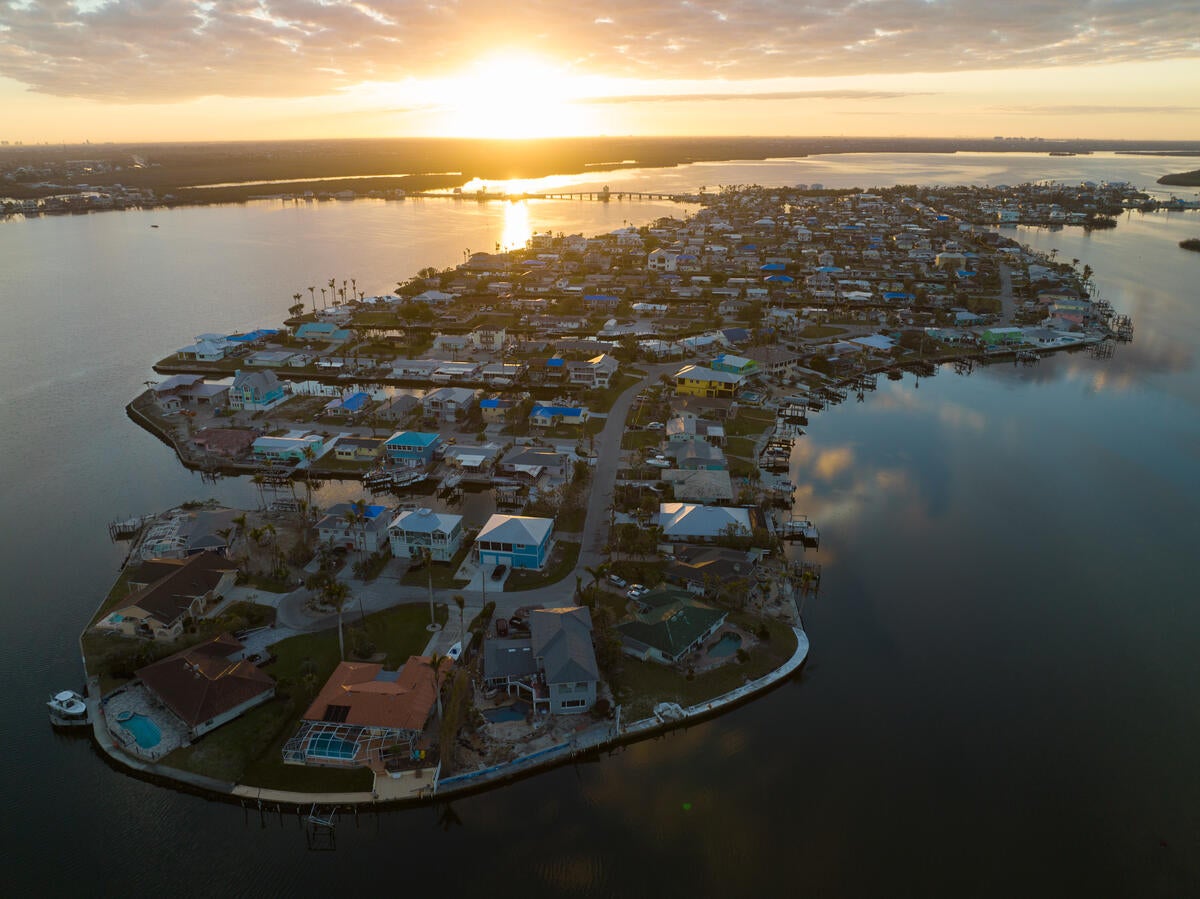By: Rachel Rhode, Manager, Climate Resilient Coasts and Watersheds and Eve Cooke, Fellow, Climate Resilient Coasts and Watersheds
Buying a home is often one of the biggest financial decisions individuals and families will ever make. More than one-third of Florida properties are at risk of severe flooding in the next 30 years, and despite these risks, Florida does not require flood-related disclosures to prospective homebuyers. Across the U.S., 32 states have enacted flood disclosure laws, requiring a seller to share a property’s flood risks or past flood damages during real estate transactions. Florida residents deserve transparency through flood disclosure, and realtors would benefit by keeping up with this growing industry standard.
Knowing one’s risk is essential in ensuring effective preparedness and response. The Federal Emergency Management Agency estimates just one inch of flooding in a typical 2,500 sq. ft., one-story home can cause more than $25,000 in damages. It is widely misunderstood by more than one-third of homeowners that flood damage is typically not included in standard homeowners or rental insurance policies.
Legislators and realtors are stepping up to address this gap in Florida’s flood policies. In the 2024 Florida Legislative Session, there has been bipartisan support for a new policy on flood disclosure. The Florida Realtor Association is amongst the stakeholders supporting this initiative.
Knowledge is power. Below are the top five reasons why mandatory flood disclosures are a win for realtors and residents.

Credit: Chase Guttman
Read More »














